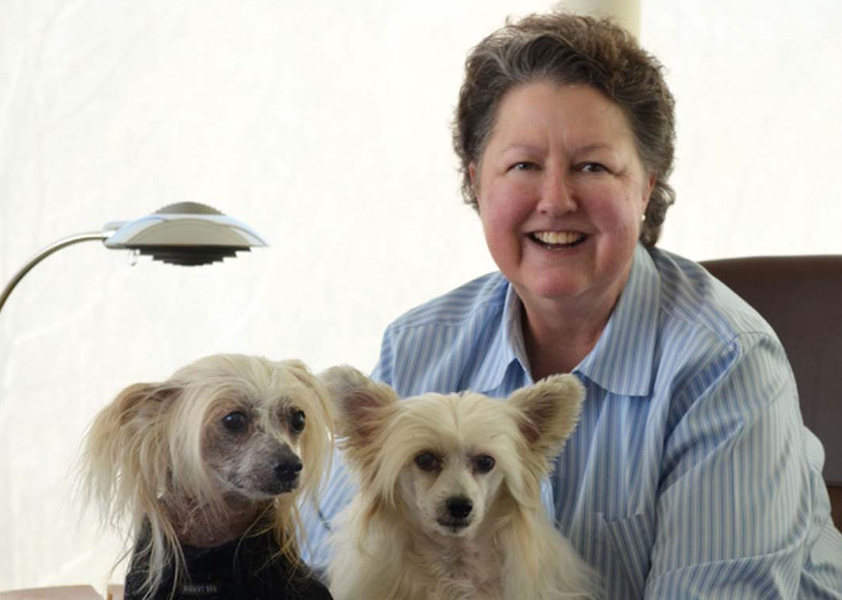Urban Commons developer Diane Cheatham’s notable accomplishments and her ongoing commitment to excellence in planning, architecture, and design place her at the forefront of innovative developers in North Texas. She was among the first developers to aggressively build upscale, modern infill projects in the 1980s in Uptown Dallas, still considered an edgy, risky area at the time. Diane’s projects have won more than 30 awards for design and planning and she was named an Honorary Member of AIA Dallas in 2007. Learn more about where her forward-thinking perspective came from and why she thinks Urban Commons represents the future of residential development.
Want to learn more about owning an Urban Commons home? Reach out today!
What made you so interested in modern design? What project are you most proud of?
In 1981, [renowned architect] Lionel Morrison introduced me to modern architecture and catapulted me on a career developing architect-designed modern homes. He asked, “Why would anyone design a house that was not of its time and of its place?” That made sense to me. And, of course, I wanted to be on the “leading edge.” And, I learned to distinguish the “leading edge” from the “bleeding edge.” The project I am most proud of is 1 Vanguard Way designed by Tod Williams and Billie Tsien.
What elements go into a forward-thinking residential development project like Urban Commons?
First, you need a lot of guts…and like-minded builder friends. Second, you need a banker that believes in you. If they do, they’ll be willing to promote your project to the loan committee. It’s not easy for that banker in front of a lot of curmudgeons to promote a project that is not mainstream. I love my banker. Third, it helps to have a successful track record of modern projects. Fourth, strong equity in a project is good.
How is Urban Commons changing the way we look at residential development?
Our development creates a real community with plenty of pocket parks and walk paths throughout the project. It’s great for homeowners to have a lot with access to common areas maintained by the HOA. It also pushes forward the concept that single-family homes do not need to be on large lots.
What’s different about this residential development?
In Urban Commons, cars do not dominate the owners. Cars can be parked in separated garages on the north side of the street or they can be parked in garages attached to the homes. But this gives owners the opportunity to park and walk in a beautiful park to their home. It’s a chance to get in some of the recommended 10,000 steps we’re supposed to take a day, and avoid the fumes from cars.
What type of community is being developed? How does the design help build and promote community within the development?
Urban Commons attracts like-minded buyers based on what they love in life — modern architecture, modern art, nature, sustainability, the environment. The development encourages interaction between neighbors with a walk path around the development and common areas as well as picnic tables, benches and exercise stations.
How do you think Urban Commons represents the future of urban living?
I think the car is not going to control us in the future. I also think in-town living projects have gotten and will continue to get denser and denser — Urban Commons will look large in comparison!

